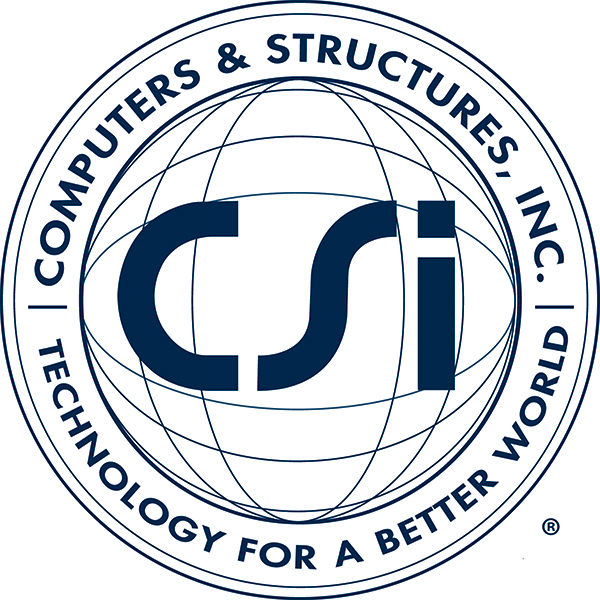Mission
The mission of the Learning from Earthquakes (LFE) Program is to accelerate and increase learning from earthquake-induced disasters that affect the natural, built, social and political environments worldwide.
The mission is accomplished through field reconnaissance, data collection and archiving, and dissemination of lessons and opportunities for reducing earthquake losses and increasing community resilience.
Click here for the Learning from Earthquakes website.
Goals
The LFE Program aims to fulfill its mission by focusing on several goals, including:
- Maintain and advance EERI’s internationally recognized expertise and strong standing in earthquake reconnaissance missions and dissemination of lessons from earthquakes.
- Make EERI a leader in identifying and collecting data that measure the earthquake resilience of communities impacted by earthquakes.
- Foster multidisciplinary and practice/academic partnerships in reconnaissance missions and dissemination activities.
- Encourage and explore the use of new technologies in the collection and dissemination of data from earthquake reconnaissance.
- Encourage and explore the best ways to expand the definition of earthquake reconnaissance to include recovery reconnaissance and longitudinal studies.
- Develop dissemination approaches that rapidly increase knowledge and awareness of lessons from recent earthquakes among Earthquake Professionals who are responsible for education, design, assessment, regulation, and earthquake risk reduction programs.
- Create, strengthen, and solidify EERI relations with Earthquake Professionals, Technical Societies, and International Partners worldwide, through collaborations on reconnaissance missions and dissemination activities.
- Build Institutional and Individual Member capabilities in disaster reconnaissance, and to leverage reconnaissance programs by other organizations.
- Seek opportunities for young members of EERI to learn from past earthquakes
History and Activities
In 1973, EERI formally initiated the Learning from Earthquakes (LFE) Program. This program, which has been funded in large part by the U.S. National Science Foundation, sends out multi-disciplinary teams of researchers (e.g., earth scientists, engineers, social scientists) into the field to investigate and to learn from the damaging effects of earthquakes. The reconnaissance team makes a rapid, general damage survey of the affected area, documents initial important observations from the particular earthquake, and assesses the need for follow-up areas of research. These teams are supported by a range of agencies, organizations, and EERI subscribing member firms. Other recent partners that have supported EERI's LFE program include the Global Facility for Disaster Risk Reduction (GFDRR) of the World Bank, which has support teams to damaging earthquakes in developing countries. The LFE program is managed by an EERI committee, currently chaired by Charles Huyck, ImageCat Inc.
The ability to make observations rapidly and precisely following a disaster has long been recognized as critical to managing emergency response activities in the short term and improving the understanding of natural hazards in the long term. Participating in earthquake reconnaissance is a vivid reminder of why we are actively engaged in earthquake engineering and risk management. The collected data are compiled into earthquake reports, which are in our LFE Reconnaissance Archive. Such reports are a valuable source of information for current and future researchers.
EERI and the United States Geological Survey (USGS) share responsibility under a recently completed federal post-earthquake investigation plan to manage reconnaissance efforts in the United States; EERI has primary responsibility in international earthquakes. Typically, management includes coordinating all field investigators.
On average, a reconnaissance team is deployed within several days of a disaster and the reconnaissance efforts lasts one to two weeks. On a daily basis, trips are made into the damaged region and nightly debriefings are planned for the team members to discuss their findings. EERI has found that it is crucial to set up a clearinghouse, a common place where the various investigators can report and get status updates of the overall field investigation and the whereabouts of team members. In its simplest form, the clearinghouse is a physical location where the team members will meet at predetermined times and exchange information they have gathered in the field. At the end of the reconnaissance process, the EERI team members and collaborators lead the effort to identify further research needs and document the impacts of the earthquake. After recent earthquakes in Haiti, Chile, New Zealand and Japan, EERI organized research needs workshops for NSF researchers to identify pressing research needs emerging from these events.
More information on the Learning from Earthquakes (LFE) program:
LFE Committee Charge and Organization (PDF document, approved January 4, 2016)
Protocols for Operations of the LFE Program (PDF document, approved December 8, 2015)
LFE 2016 Strategic Priorities and Action Plan (PDF document, approved January 4, 2016)

















